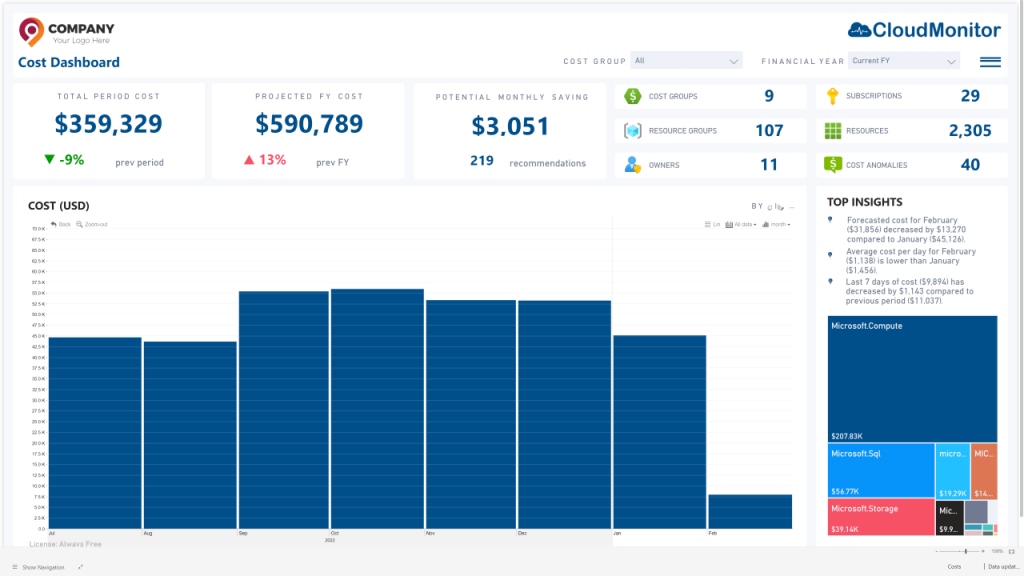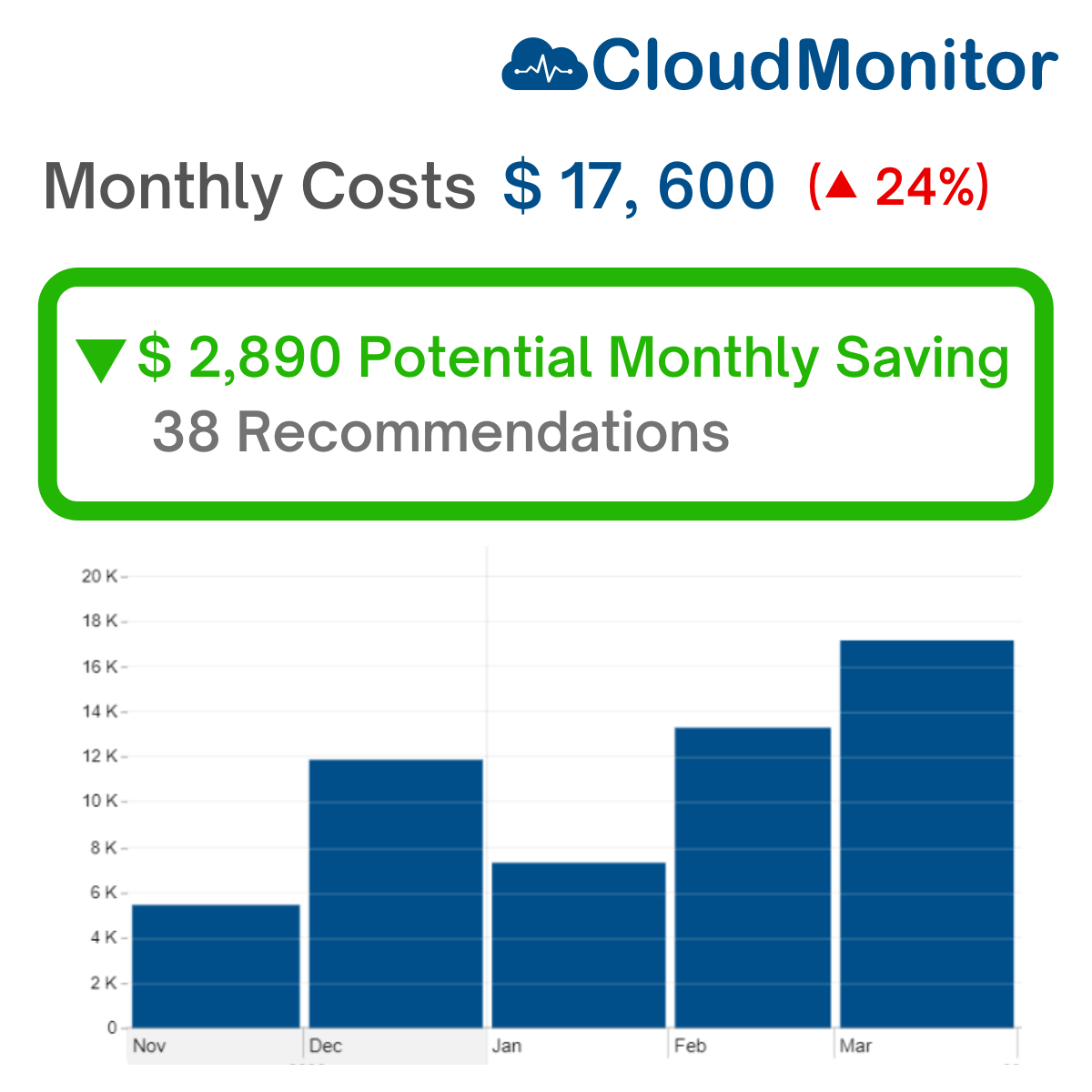Reporting & Analytics Capability
The importance of Reporting & Analytics in FinOps lies in its ability to leverage cloud resource data and provide real-time reporting, enabling stakeholders to understand total costs, identify cost-saving opportunities, and track financial health metrics.
The importance of Reporting & Analytics in FinOps lies in its ability to leverage cloud resource data and provide real-time reporting, enabling stakeholders to understand total costs, identify cost-saving opportunities, and track financial health metrics. By establishing a data repository and integrating with chargeback and IT finance systems, organizations can optimize cloud costs and align FinOps with other organizational processes, ultimately reaching higher maturity levels across all FinOps domains.
CloudMonitor features related to Reporting & Analytics

Analytics
To perform effective data analysis, it is crucial to analyze accurate and correct cloud costs and usage data, which relies on the prior completion of data ingestion and normalization capabilities. These preparatory steps ensure the integrity and reliability of the data, setting the foundation for meaningful and accurate data analysis.
Reporting
With CloudMonitor, you have the flexibility to grant specific personas limited or full cost group access, allowing them to view and analyze costs specifically associated with their respective roles or activities.
Execs can subscribe to reports on a periodic basis.

Reporting & Analytics Definition
Reporting & Analytics is the ability to gain insights into cloud data by creating reporting mechanisms to serve the needs of the organization’s various persona groups. Reporting can detail, highlight, summarize, categorize, and compare cloud data to support ad hoc reporting, showback, investigative reports or routine reporting used by the organization. This is one of the most important and critical of the FinOps capabilities, supporting almost every other Capability.
Note: The term reporting in this sense is inclusive of paper or electronic reports, and also dashboards, customized data feeds, or APIs of structured information created by an organization from its cloud data, metadata, operational, or other data gathered in the Data Ingestion capability.
Data analysis and reporting leverages data and metadata on cloud resources and resource hierarchies, to create a variety of reporting mechanisms for each persona, according to their needs. This work will typically focus on the cloud cost and usage data, but may also include reporting on cloud sustainability data, observability, or other related data. Much of the strategy for these metadata will be defined in the Allocation capability. The results from Reporting & Analytics will be provided specifically for Invoicing & Chargeback, Forecasting, Budgeting and all of the Capabilities in the Optimize Cloud Usage & Cost domain.
In many cases, organizations will rely upon the native cloud-provider tools to satisfy parts of this capability. In other cases, third party tools will provide functionality. Organizations should consistently work to maintain its reporting capabilities, in order to put information in the path of engineering, finance, procurement, and other teams supporting their duties.
Organizations will also need to establish and maintain over time the guidelines for reporting, including data sensitivity, common terminology (defined precisely) used in reporting, and ensuring that every persona has access to appropriate reporting data.

